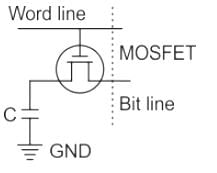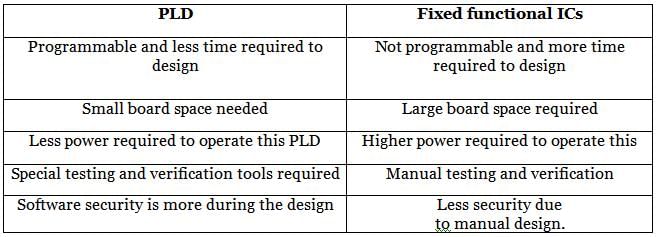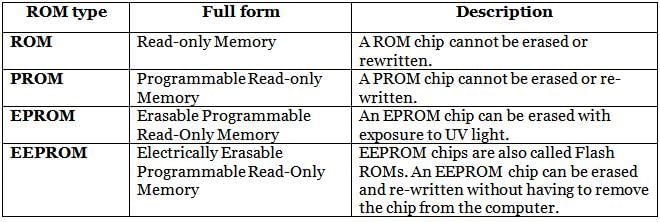Electronics and Communication Engineering (ECE) Exam > Electronics and Communication Engineering (ECE) Tests > Test: Semiconductor Memories - 1 - Electronics and Communication Engineering (ECE) MCQ
Test: Semiconductor Memories - 1 - Electronics and Communication Engineering (ECE) MCQ
Test Description
10 Questions MCQ Test - Test: Semiconductor Memories - 1
Test: Semiconductor Memories - 1 for Electronics and Communication Engineering (ECE) 2025 is part of Electronics and Communication Engineering (ECE) preparation. The Test: Semiconductor Memories - 1 questions and answers have been prepared
according to the Electronics and Communication Engineering (ECE) exam syllabus.The Test: Semiconductor Memories - 1 MCQs are made for Electronics and Communication Engineering (ECE) 2025 Exam.
Find important definitions, questions, notes, meanings, examples, exercises, MCQs and online tests for Test: Semiconductor Memories - 1 below.
Solutions of Test: Semiconductor Memories - 1 questions in English are available as part of our course for Electronics and Communication Engineering (ECE) & Test: Semiconductor Memories - 1 solutions in
Hindi for Electronics and Communication Engineering (ECE) course.
Download more important topics, notes, lectures and mock test series for Electronics and Communication Engineering (ECE) Exam by signing up for free. Attempt Test: Semiconductor Memories - 1 | 10 questions in 30 minutes | Mock test for Electronics and Communication Engineering (ECE) preparation | Free important questions MCQ to study for Electronics and Communication Engineering (ECE) Exam | Download free PDF with solutions
Test: Semiconductor Memories - 1 - Question 1
Which Type of memory has a constraint of minimum operating clock frequency?
Detailed Solution for Test: Semiconductor Memories - 1 - Question 1
Test: Semiconductor Memories - 1 - Question 2
Each NIC card is assigned a unique ________ that is burned into _________.
Detailed Solution for Test: Semiconductor Memories - 1 - Question 2
Test: Semiconductor Memories - 1 - Question 3
Consider a memory chip with 24 address pins and 16 data pins. How many locations will it accommodate?
Detailed Solution for Test: Semiconductor Memories - 1 - Question 3
Test: Semiconductor Memories - 1 - Question 4
The storage capacity of a SONY pen drive is 16 GB. Here what does G mean in 16 GB?
Detailed Solution for Test: Semiconductor Memories - 1 - Question 4
Detailed Solution for Test: Semiconductor Memories - 1 - Question 5
Detailed Solution for Test: Semiconductor Memories - 1 - Question 6
Test: Semiconductor Memories - 1 - Question 7
What are the advantages of a programmable logic device (PLD) over fixed-function ICs?
1. Reduction in board space requirement.
2. Reduction in power requirement.
3. Design security.
Detailed Solution for Test: Semiconductor Memories - 1 - Question 7
Test: Semiconductor Memories - 1 - Question 8
How many address inputs are required to access 256 Bytes memory?
Detailed Solution for Test: Semiconductor Memories - 1 - Question 8
Detailed Solution for Test: Semiconductor Memories - 1 - Question 9
Detailed Solution for Test: Semiconductor Memories - 1 - Question 10
Information about Test: Semiconductor Memories - 1 Page
In this test you can find the Exam questions for Test: Semiconductor Memories - 1 solved & explained in the simplest way possible.
Besides giving Questions and answers for Test: Semiconductor Memories - 1, EduRev gives you an ample number of Online tests for practice
Download as PDF






















